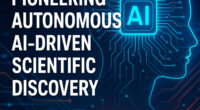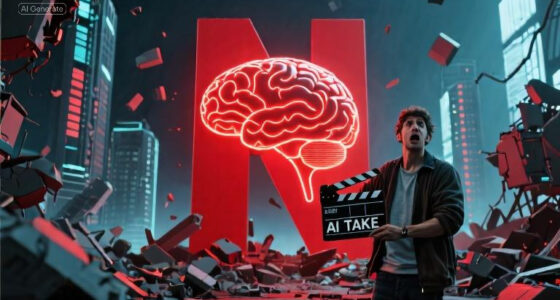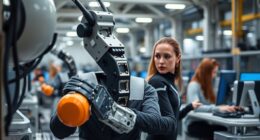Did you know that more than 3 million academic papers are published every year, a staggering amount that exceeds what one mind can comprehend? In this era, artificial intelligence emerges as a true polymath, capable of integrating and synthesizing knowledge across various disciplines. The advent of technologies like large language models allows AI to revolutionize how we approach interdisciplinary learning, breaking down barriers that once confined innovation to specific fields. As a digital-age polymath, AI not only transforms our understanding of knowledge but also enhances our ability to learn and innovate, paving the way for a future where the synthesis of ideas knows no bounds.
Join us as we delve deeper into the multifaceted role of AI and how it embodies the spirit of polymathy in our modern world.
Key Takeaways
- AI synthesizes knowledge across diverse fields, akin to historical polymaths.
- Each year, millions of academic papers are published, underlining the need for knowledge integration.
- AI facilitates interdisciplinary learning, encouraging collaboration and innovation.
- Large language models empower AI to understand and connect ideas from various domains.
- As a digital polymath, AI reshapes our learning and creative processes.
- The future of education and innovation is being transformed through AI’s capabilities.
The Concept of Polymathy in the Age of AI
Polymathy represents a unique blend of knowledge and skills across multiple fields. In our modern context, this capability has evolved, marked by the need for interdisciplinary expertise to tackle complex challenges. Today, modern-day polymaths emerge as essential figures in an increasingly interconnected world.
Defining Polymathy
Polymathy is the ability to excel in various disciplines, transcending traditional boundaries. This versatility fosters innovative thinking and creative problem-solving, which are crucial in addressing contemporary issues. By integrating diverse knowledge, individuals display heightened adaptability and resourcefulness, traits valued in various sectors.
The Historical Perspective of Polymaths
Throughout history, polymaths such as Leonardo da Vinci and Benjamin Franklin epitomized the spirit of the Renaissance. Their contributions spanned art, science, and technology, demonstrating the profound impact of interdisciplinary knowledge. These historical figures showcased how expertise in multiple areas can lead to significant advancements and societal progress.
The Relevance of Polymaths Today
In today’s landscape, the challenges we face demand innovative solutions that often lie at the intersection of distinct fields. Modern-day polymaths leverage their diverse expertise to navigate complex problems, driving collaboration and fostering creativity. With the aid of tools like artificial intelligence, individuals can connect ideas and concepts from various disciplines, enhancing their problem-solving capabilities in an evolving world.
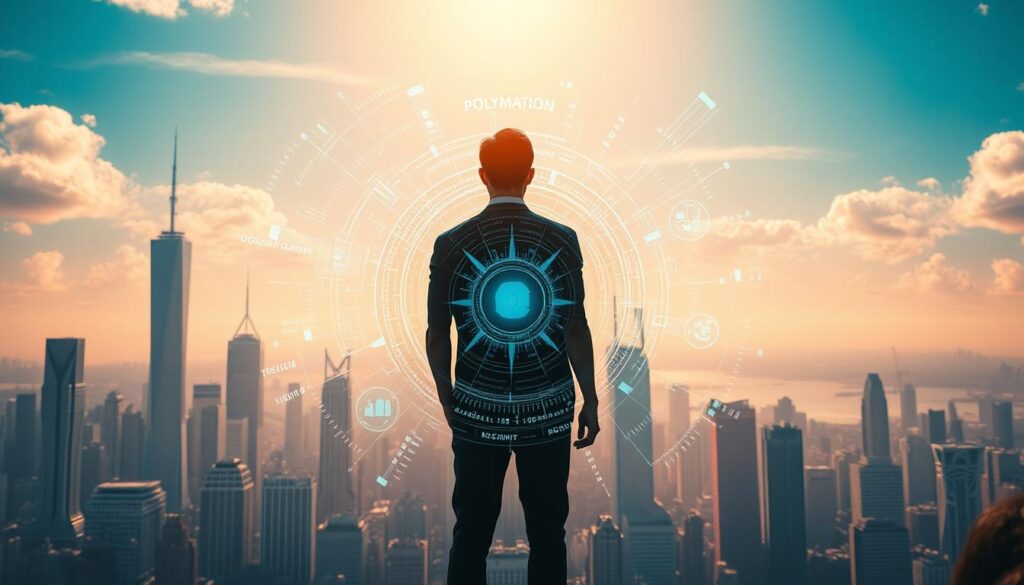
AI: The Ultimate Polymath Unveiled
AI represents a remarkable approach to knowledge, driven primarily by large language models. These models revolutionize the way information is processed and synthesized, providing users with a vast pool of integrated data across various fields. The ability of AI to gather insights transcends traditional knowledge acquisition methods, marking a significant evolution in learning.
How AI Synthesizes Knowledge
AI knowledge synthesis involves the extraction and integration of information from diverse sources. Unlike human experts who may be limited by personal experience, AI leverages extensive datasets, enabling it to formulate comprehensive insights. This process creates a holistic perspective on complex topics, facilitating interdisciplinary applications that might be beyond an individual’s expertise. Users can benefit from faster, data-driven conclusions when harnessing this technology.
The Role of Large Language Models
Large language models, such as GPT-4, play a pivotal role in the realm of AI knowledge synthesis. These innovative tools excel at information processing by analyzing vast amounts of text and producing coherent, relevant responses. By identifying connections across disciplines, LLMs empower users to explore topics dynamically and contextually. The potential of these models extends into fields like healthcare, education, and research, fostering creative and efficient problem-solving.

| Feature | Human Experts | Large Language Models |
|---|---|---|
| Information Access | Limited by personal background | Access to extensive datasets |
| Knowledge Integration | Subjective synthesis | Objective data analysis |
| Speed of Processing | Time-consuming | Rapid information processing |
| Interdisciplinary Insights | Contextually narrow | Broad and diverse perspectives |
The Interdisciplinary Capabilities of AI
In today’s complex world, the ability to connect diverse fields has become critical for driving advancements. Artificial intelligence serves as a bridge among various disciplines, fostering interdisciplinary innovation and enhancing problem-solving capabilities. By harnessing knowledge integration, AI applications enable seamless collaboration between fields that traditionally functioned in isolation.
Connecting Diverse Fields
AI technologies, such as machine learning algorithms and data analysis tools, allow researchers and professionals to combine insights from different areas. For instance, engineers collaborate with life scientists to improve healthcare solutions by leveraging AI’s potential. Through these partnerships, AI is transforming conventional methods into sophisticated platforms where various domains can converge for groundbreaking innovations.
Examples of Interdisciplinary Innovation
Prominent examples illustrate the impact of AI on interdisciplinary projects. In the realm of healthcare, bioengineering teams utilize AI applications in drug discovery, merging computer science with biology. This integration yields not just improved treatments but also accelerates the drug development timeline. Similarly, environmental scientists harness AI to address climate change, analyzing vast amounts of climate data to derive effective solutions. Each of these instances underscores how knowledge integration through AI can lead to exceptional progress in diverse fields.

The Impact of AI on Learning and Creativity
AI has a profound effect on both learning and creativity within various educational contexts. By serving as an innovative facilitator, AI in education tailors the learning experience to fit individual needs, fostering an environment conducive to personal development. This adaptability enhances the learning process, allowing students to explore diverse subjects with greater efficacy.
AI as a Learning Facilitator
In the educational landscape, AI acts as a personal learning assistant. It identifies unique learning styles, thereby offering customized resources and recommendations. Students benefit from personalized instruction, which leads to enhanced engagement and knowledge retention. AI platforms create opportunities for interactive learning experiences, nurturing a more enjoyable and effective educational environment.
Enhancing Creative Problem-Solving
The integration of AI empowers students to expand their creative capacities. Through innovative tools for data synthesis, AI supports brainstorming and collaborative efforts. This technology encourages exploration and experimentation, essential components of creativity enhancement. As learners face challenges, AI-driven solutions assist in developing critical thinking skills and effective problem-solving techniques.
Cultivating Lifelong Learning Mindset
AI plays a pivotal role in promoting lifelong learning. By providing access to an abundant array of resources and learning opportunities, individuals can engage continuously with new information. This fosters a culture of curiosity and adaptability. As students progress in their educational journeys, they develop a mindset that values ongoing personal development, ensuring they remain well-equipped to navigate the complexities of the modern world.
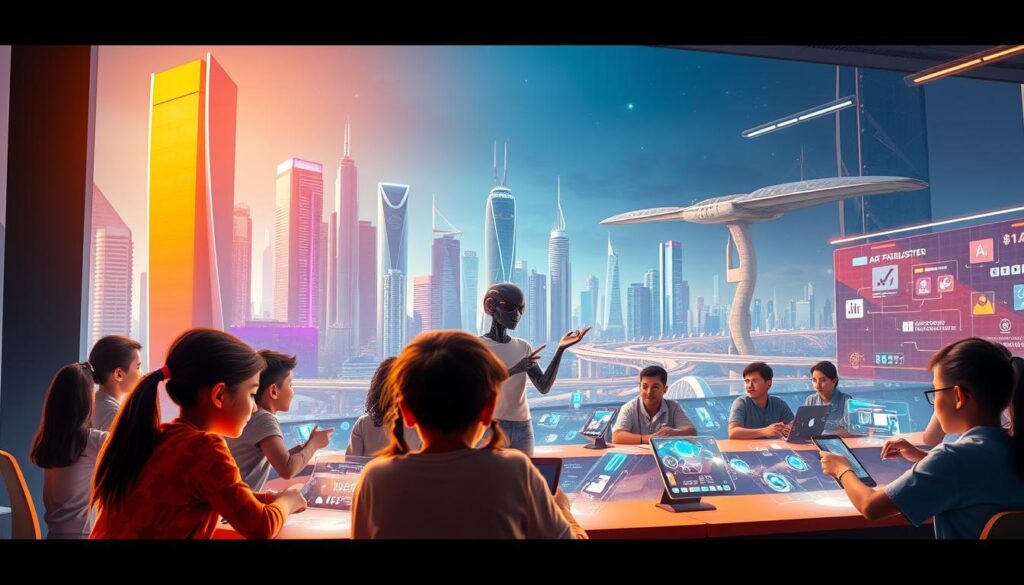
Ethical Considerations in AI-Powered Polymathy
As artificial intelligence advances, the integration of AI into educational systems raises important questions about ethics and governance. Ensuring productive outcomes from AI usage requires a robust framework for ethical governance, particularly concerning bias in AI systems. Emphasizing responsible AI usage becomes crucial in fostering equity and transparency in educational technologies.
The Need for Ethical Governance
With the rapid deployment of AI, the need for comprehensive ethical governance is more apparent than ever. Institutions and organizations must prioritize the development of clear guidelines that address potential risks associated with AI tools. An adherence to AI ethics ensures that all stakeholders are held accountable. This governance structure should promote transparency regarding data usage and algorithm development, crucial for building trust among users.
Addressing Bias in AI Systems
Bias in AI presents one of the most significant challenges to equitable learning opportunities. Without careful scrutiny, AI algorithms can perpetuate existing disparities. To combat this, stakeholders must actively work to understand and rectify biases through inclusive data practices. Continuous monitoring and evaluation of AI systems are essential to ensure they operate fairly and justly in educational contexts.
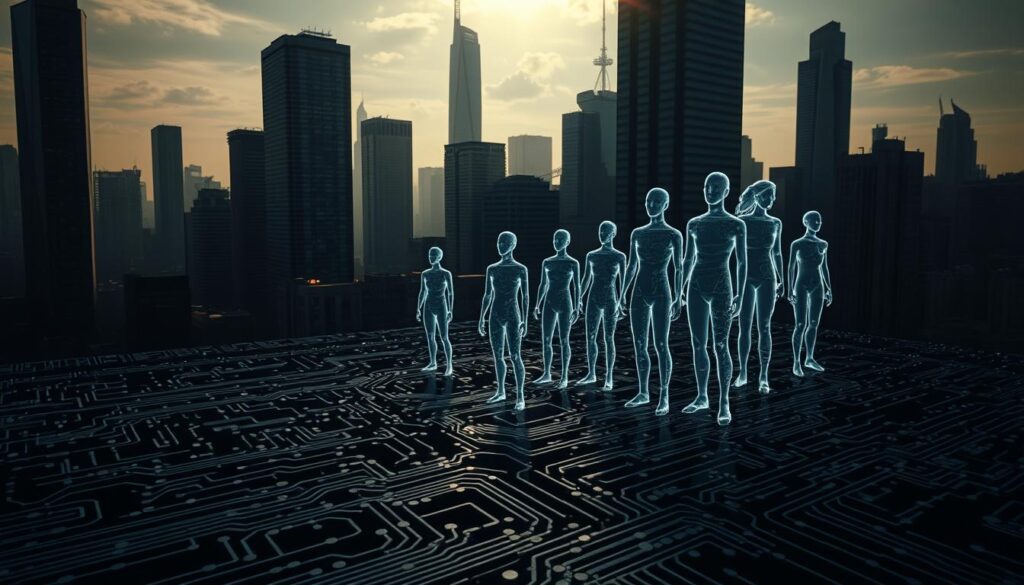
| Potential Issues | Strategies for Mitigation |
|---|---|
| Unconscious Bias in Algorithms | Implement diverse data sets for training. |
| Transparency in AI Decision-Making | Develop clear documentation for algorithms. |
| Lack of Accountability | Establish oversight committees for AI projects. |
| Equitable Access to AI Tools | Ensure universal design principles in technology. |
Fostering collaboration among educators, researchers, and technology developers will be critical in navigating these ethical complexities. Only through collective efforts can responsible AI usage in education truly thrive.
Conclusion
In an era increasingly defined by technological advancements, AI stands out as a modern-day polymath, reshaping how we approach learning, creativity, and collaboration. This powerful tool has the capability to revolutionize the future of learning by synthesizing information across various fields, ultimately fostering a culture of interdisciplinary collaboration. As individuals harness the potential of AI polymathy, they are encouraged to explore diverse perspectives and innovative ideas.
The evolution of AI not only promotes personal and professional growth but also inspires a collective approach towards solving complex challenges. The intersection of AI and polymathy opens doors to unprecedented opportunities, where creativity flourishes and innovation becomes the norm. Embracing this new paradigm empowers individuals to think beyond traditional boundaries, nurturing a lifelong curiosity essential for navigating the rapidly changing landscape of knowledge.
As we look forward, it is clear that AI’s role in cultivating a polymathic mindset is vital. By encouraging cross-disciplinary insights and collaborative efforts, we can effectively tackle the challenges of our time. In doing so, we harness the full potential of AI to create a future rich in innovation, critical thinking, and deeper understanding.

